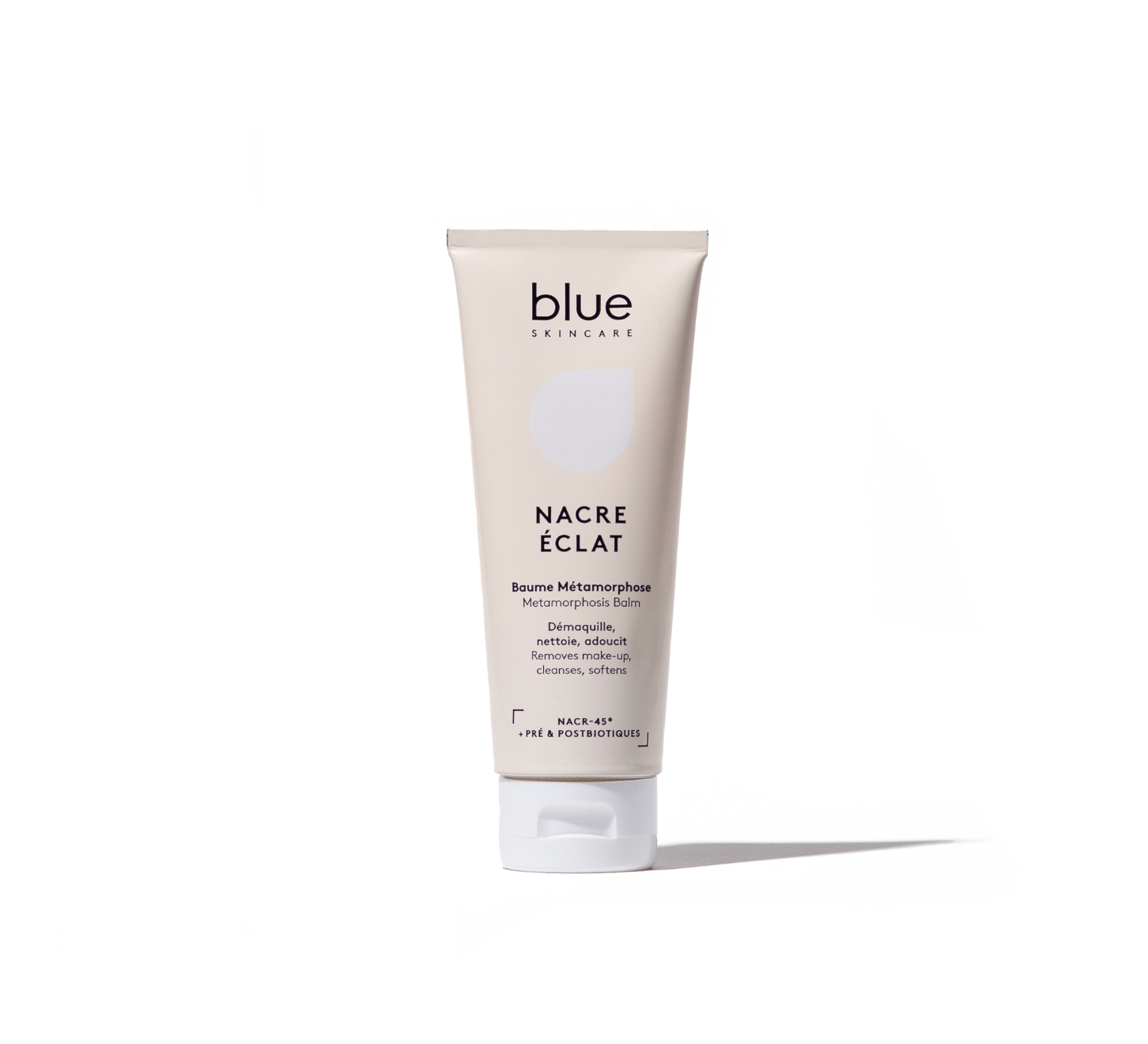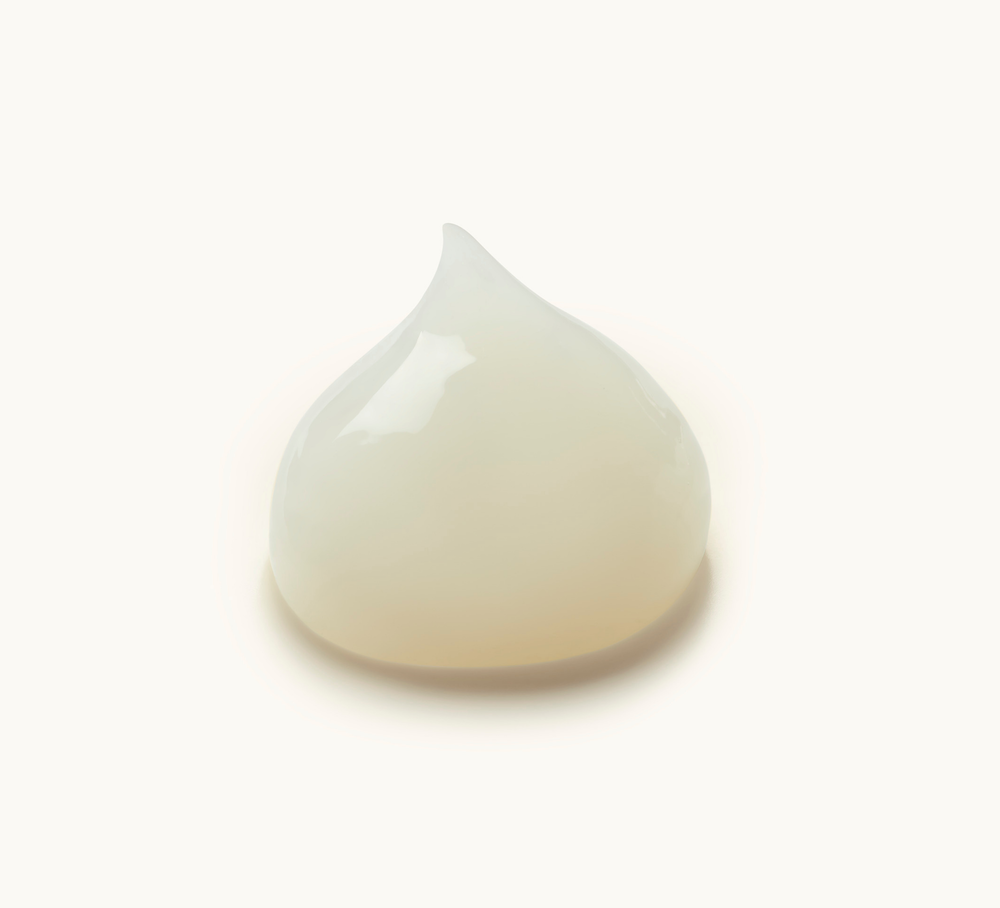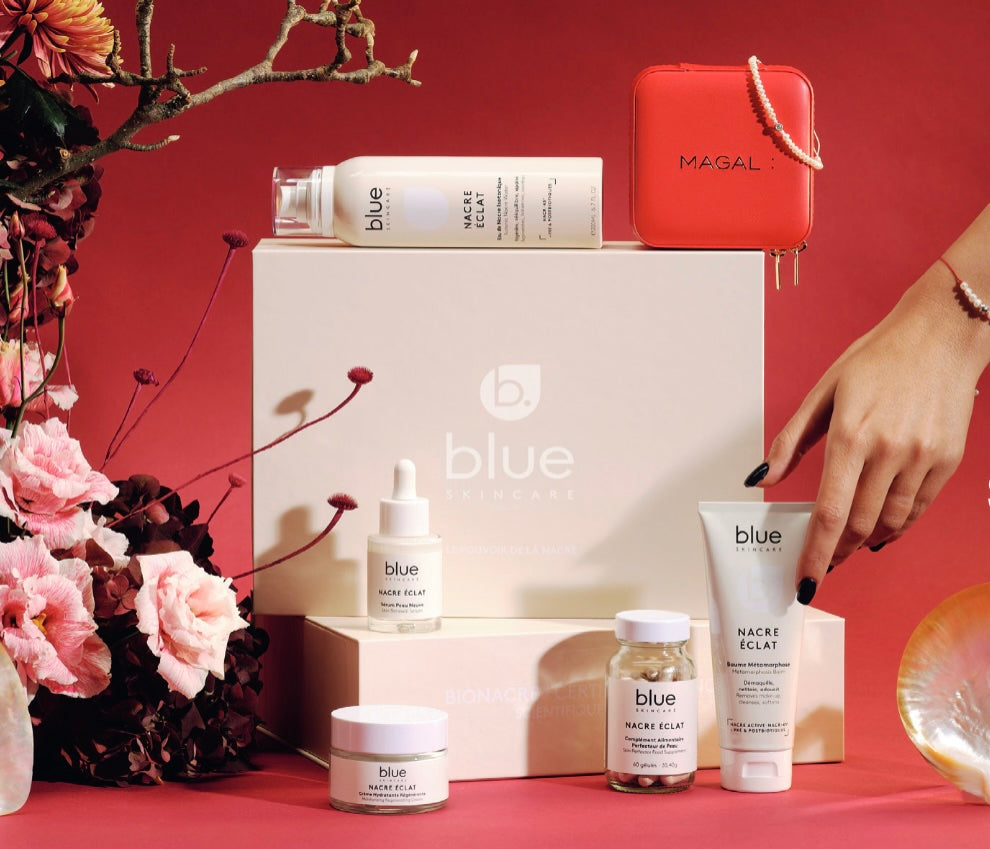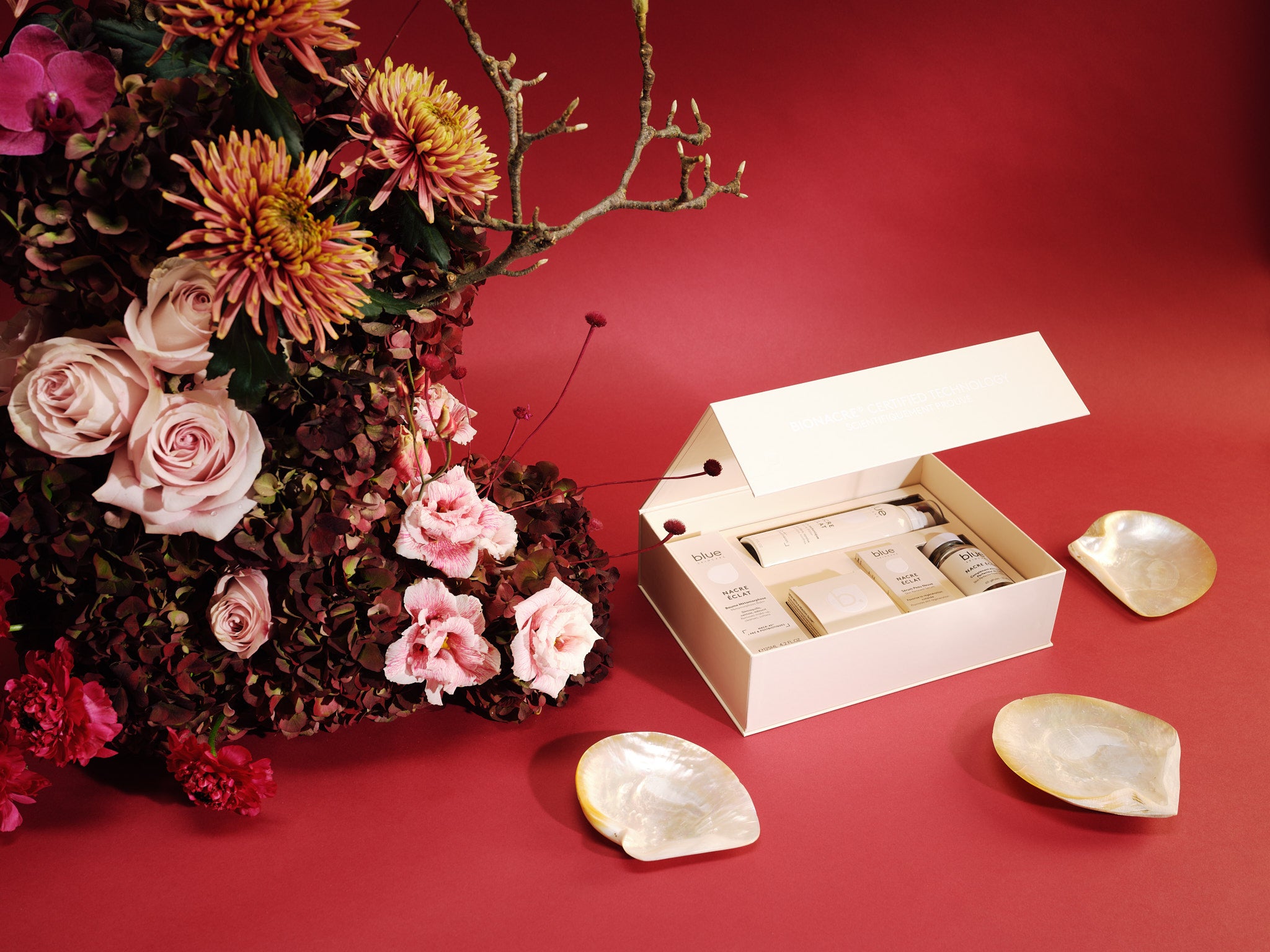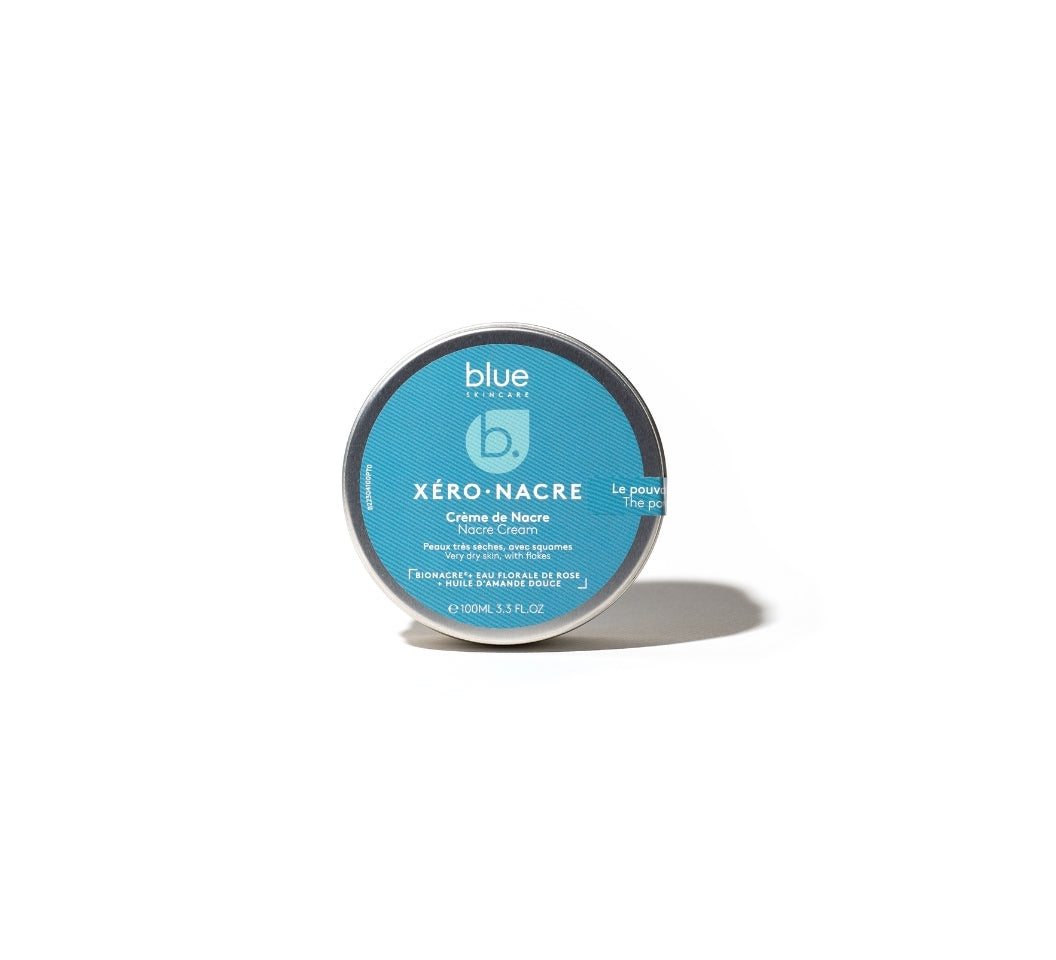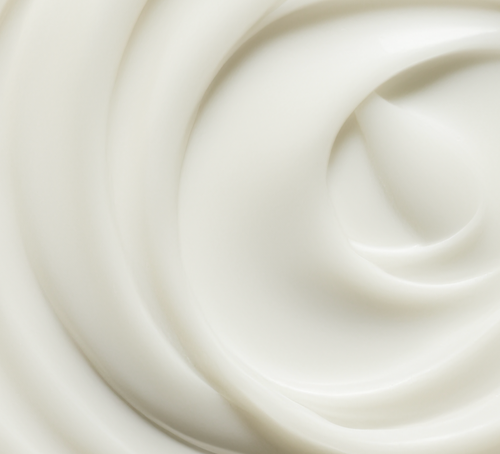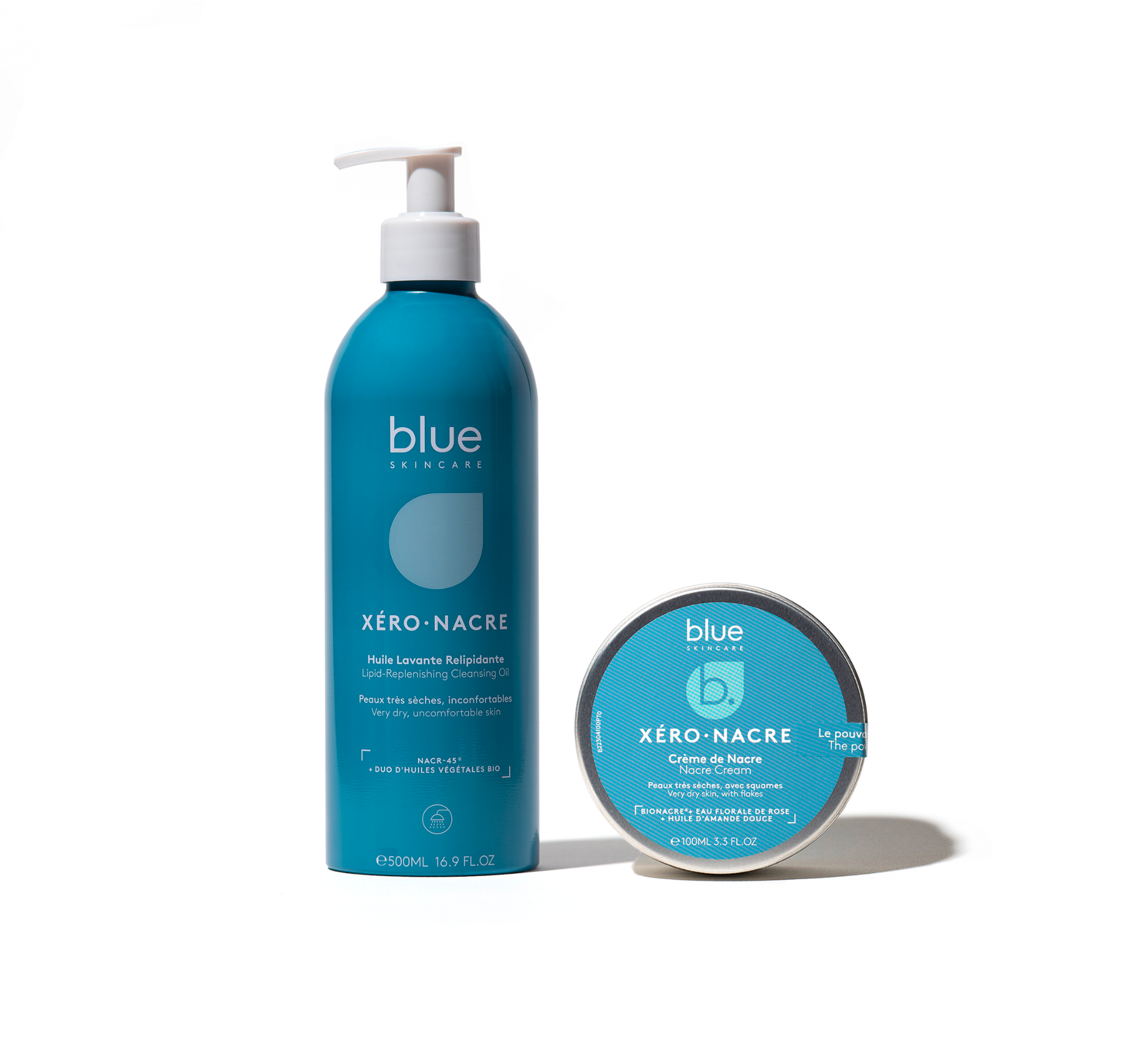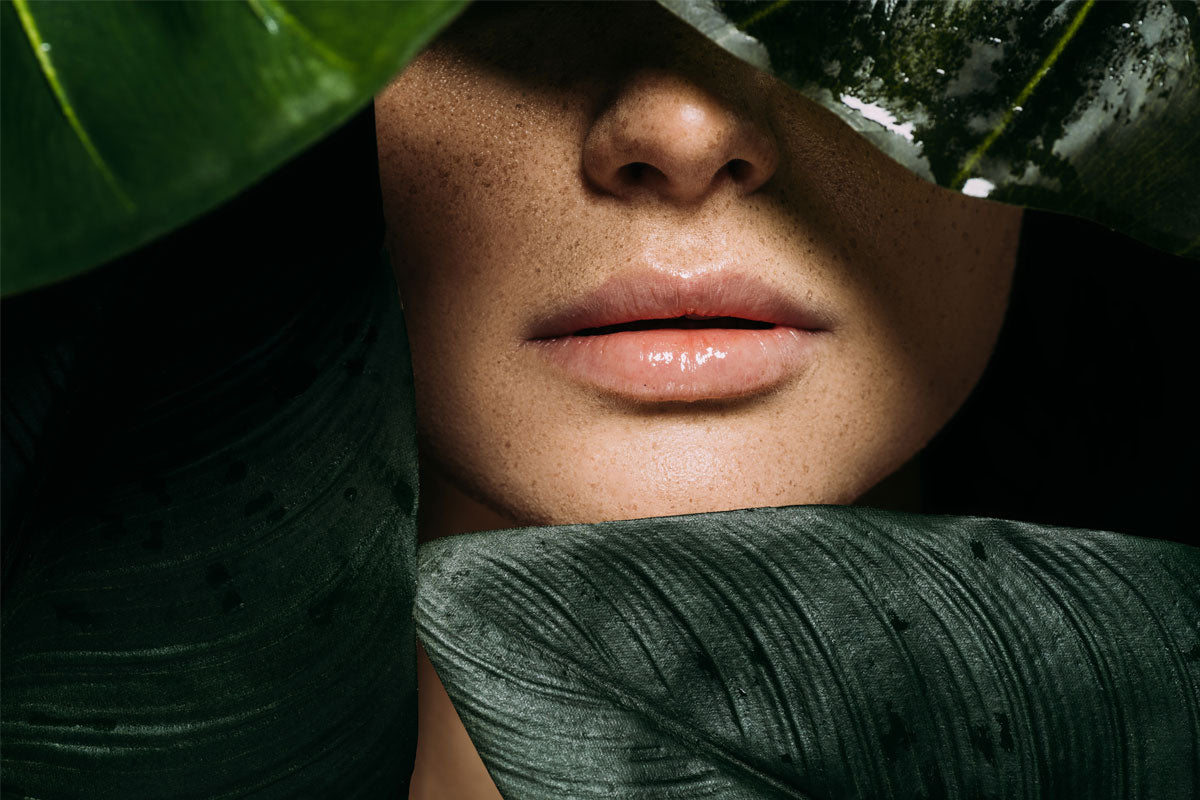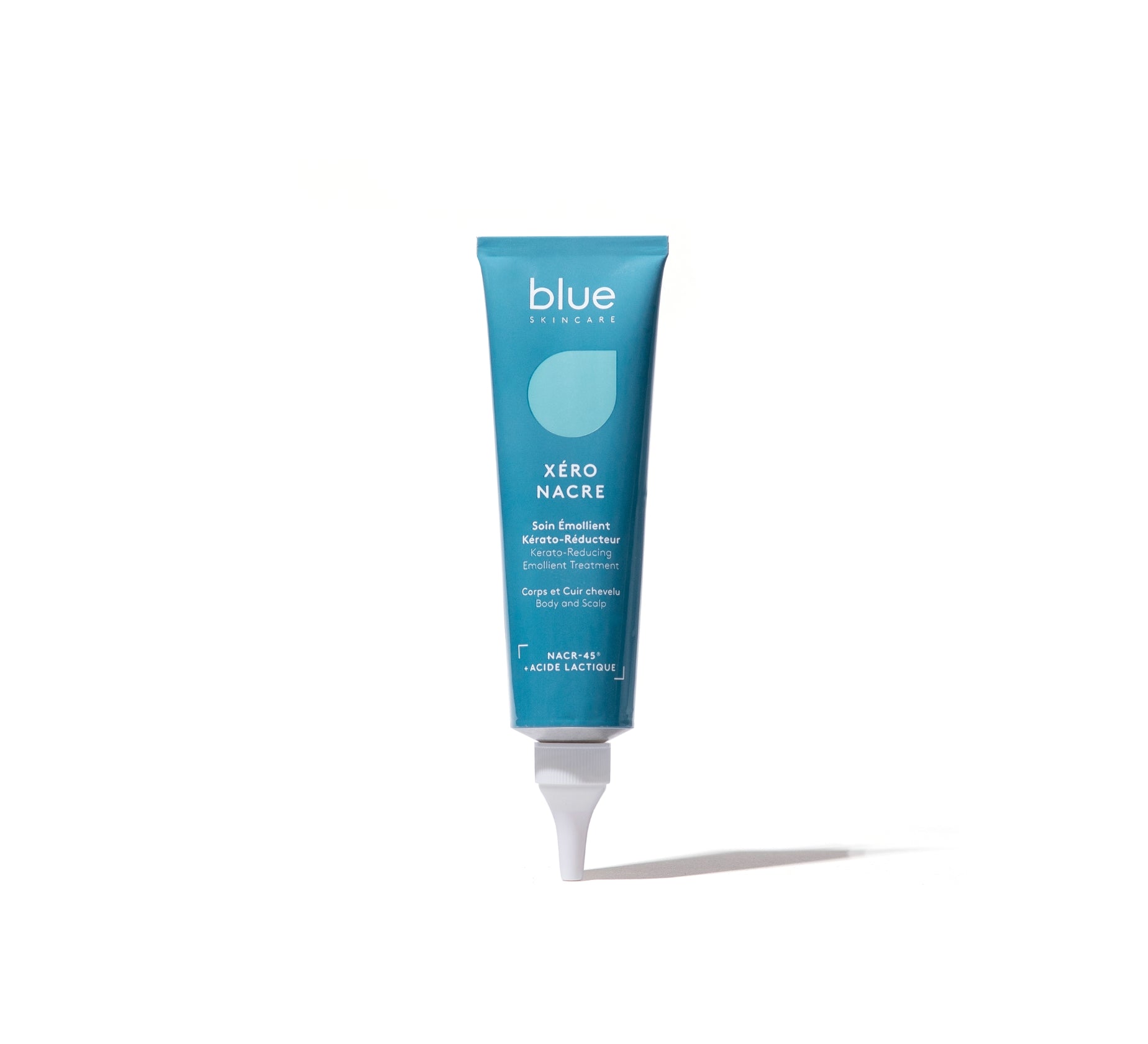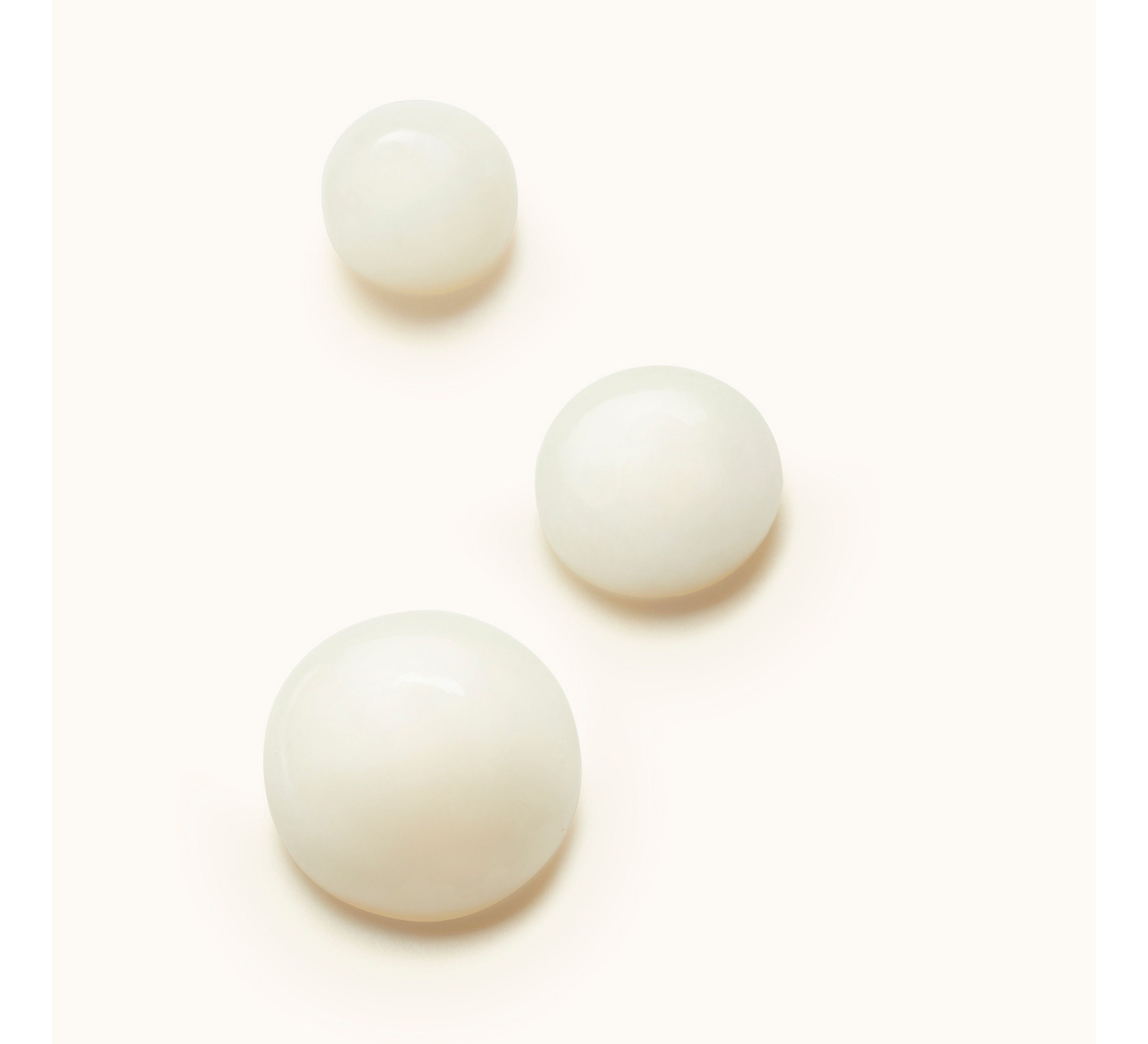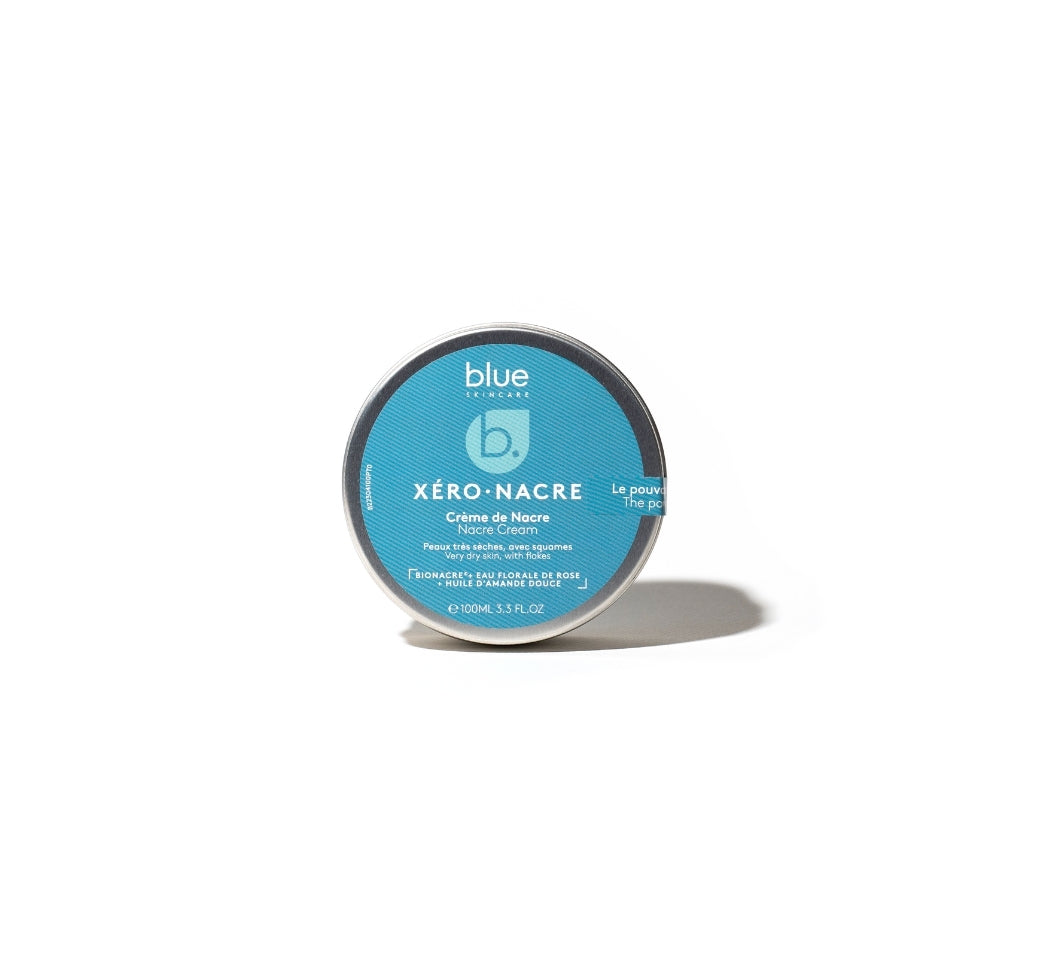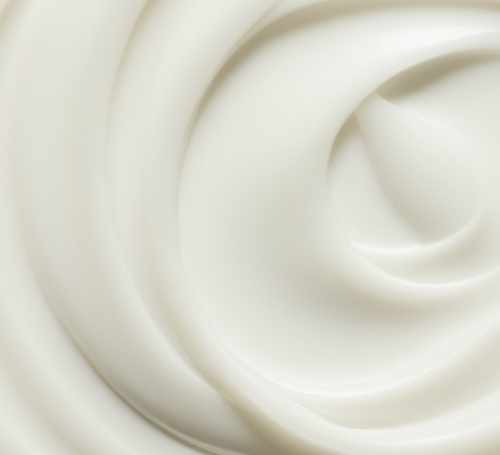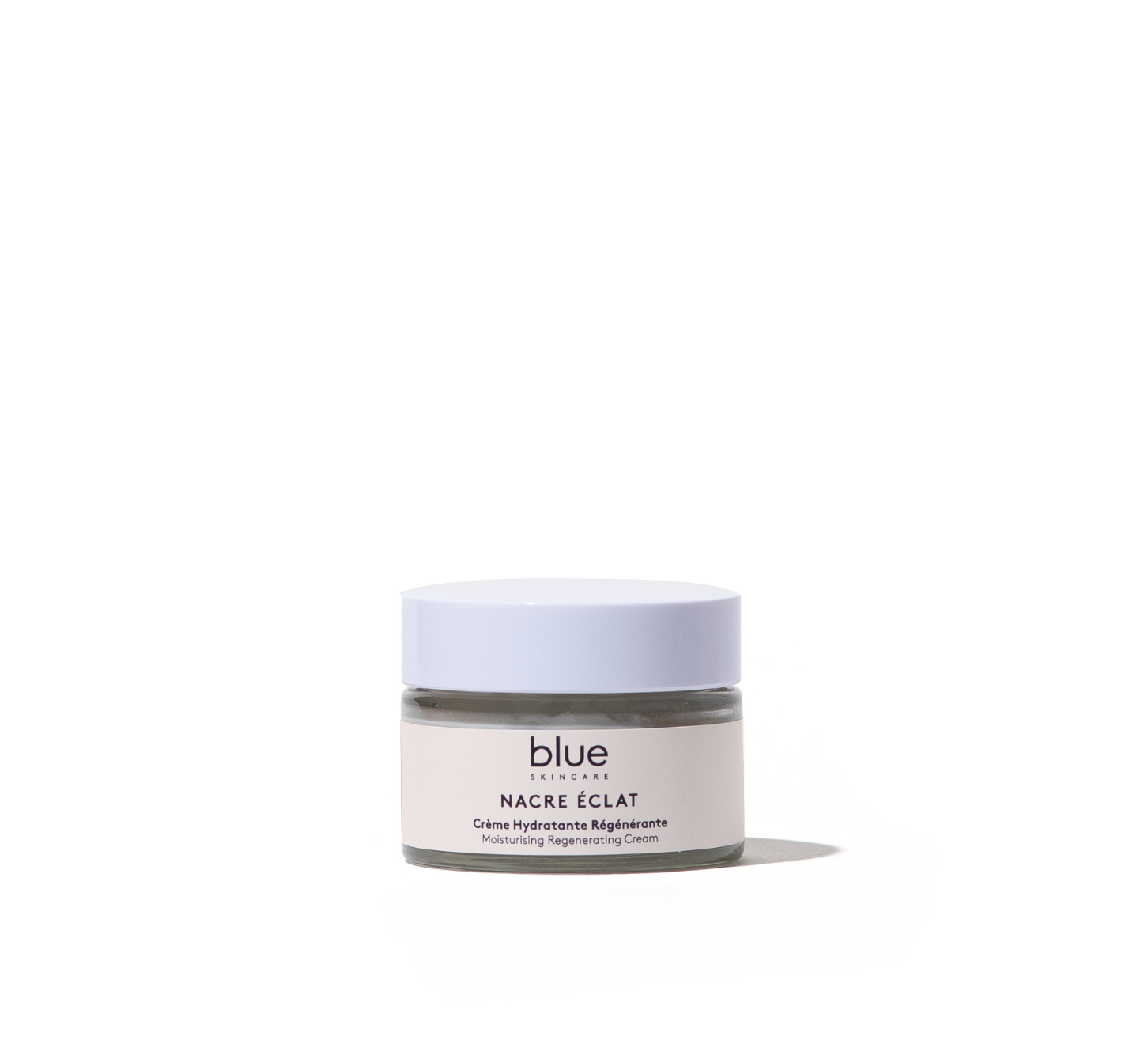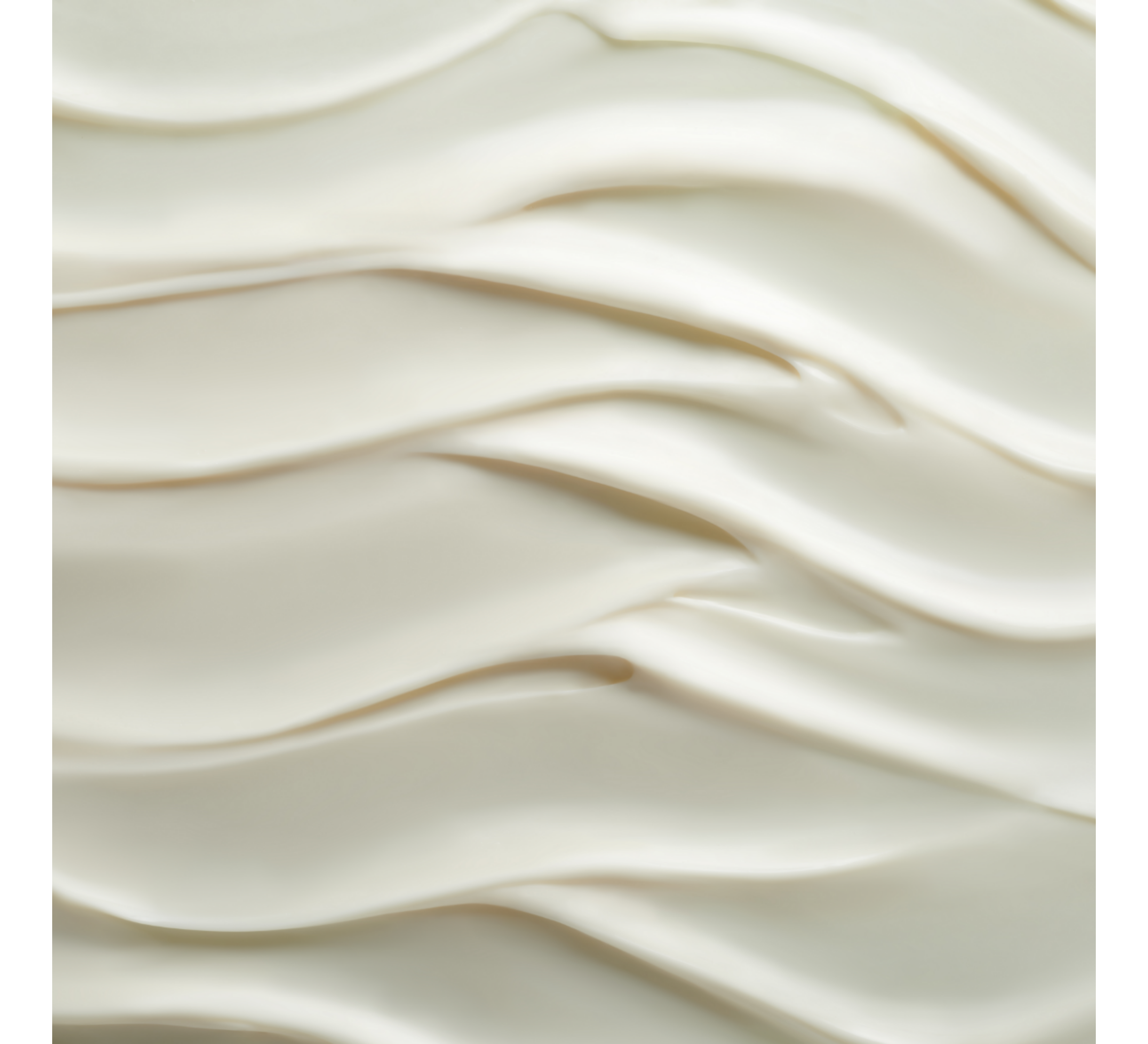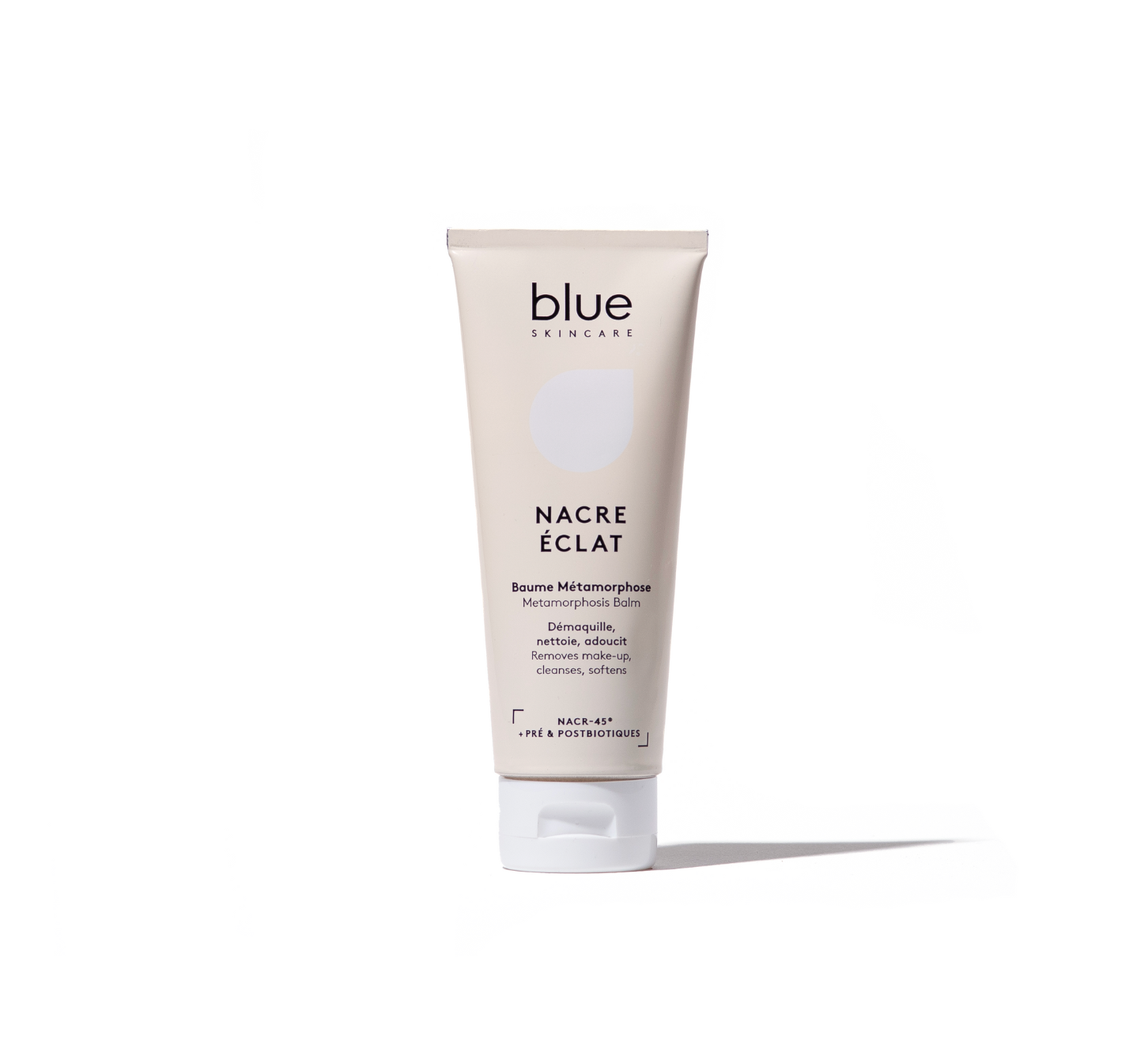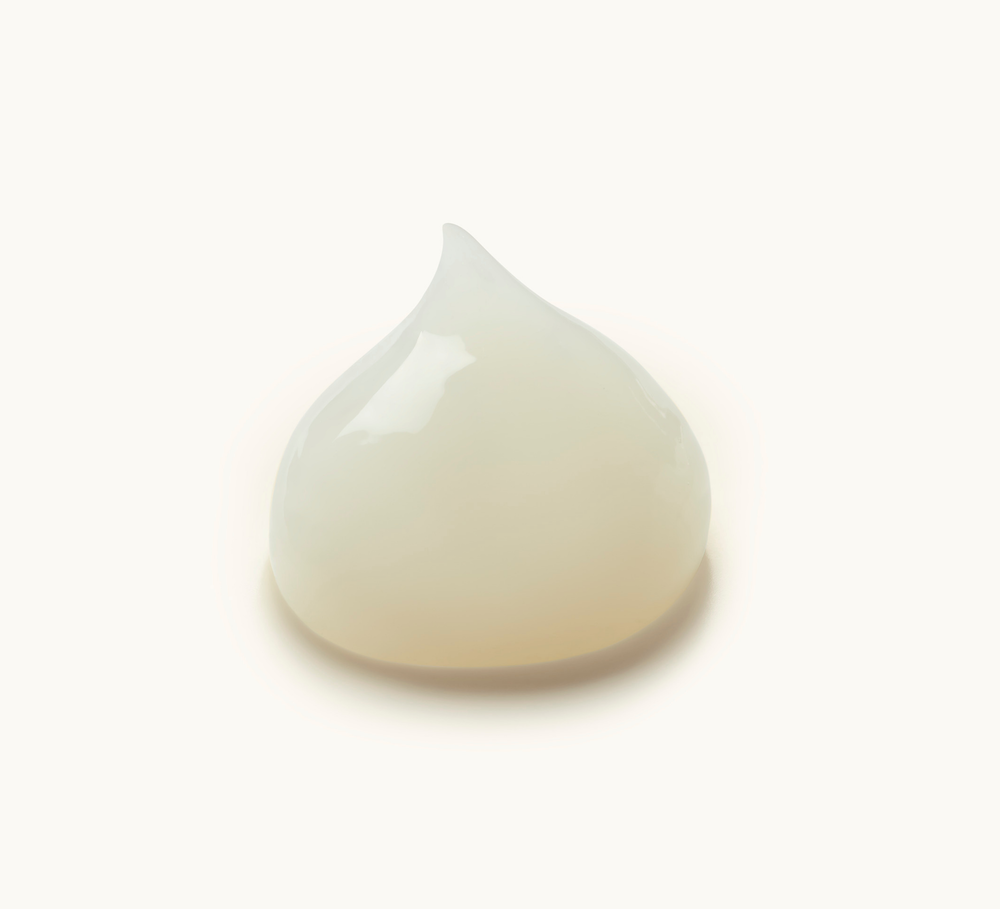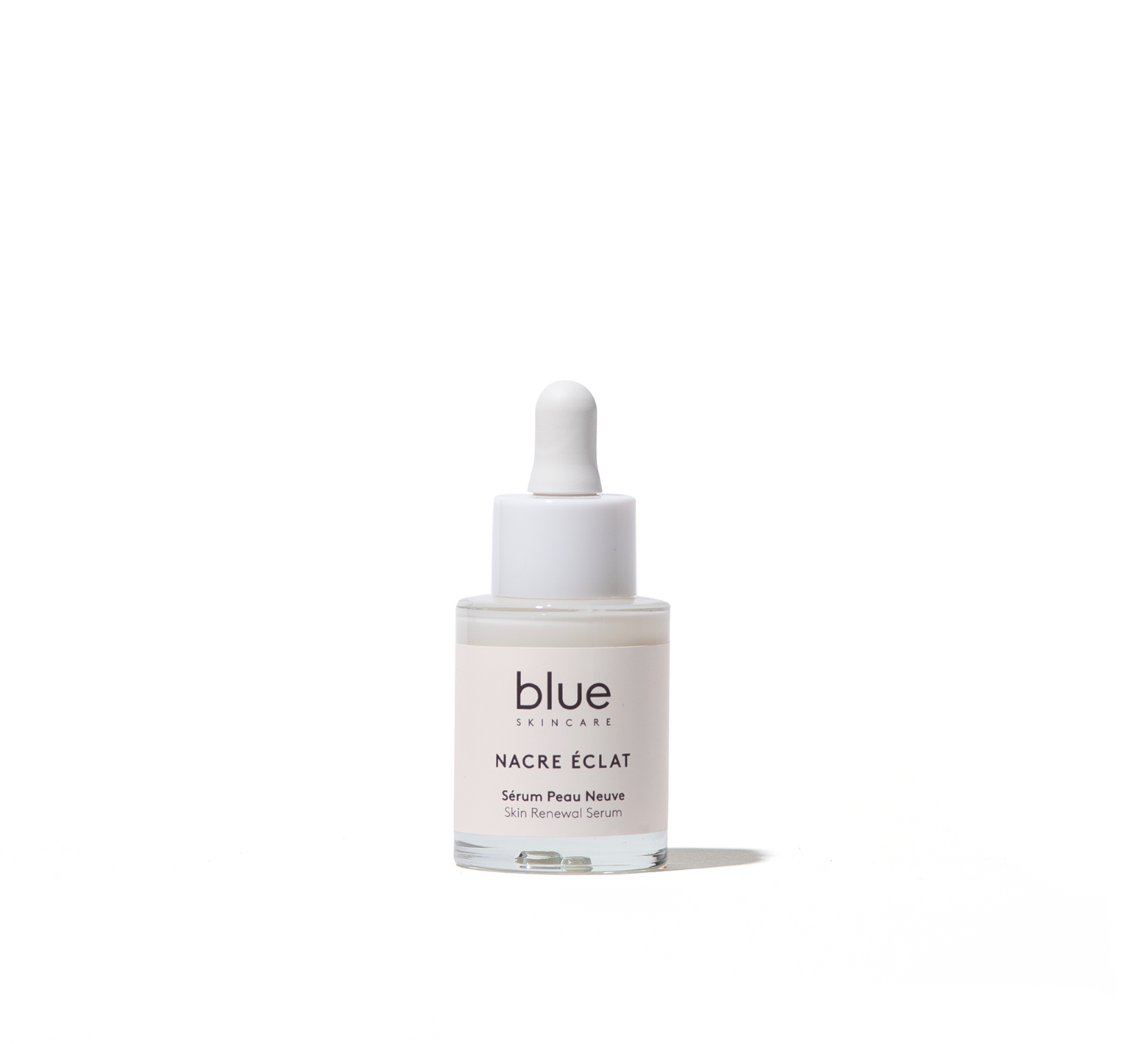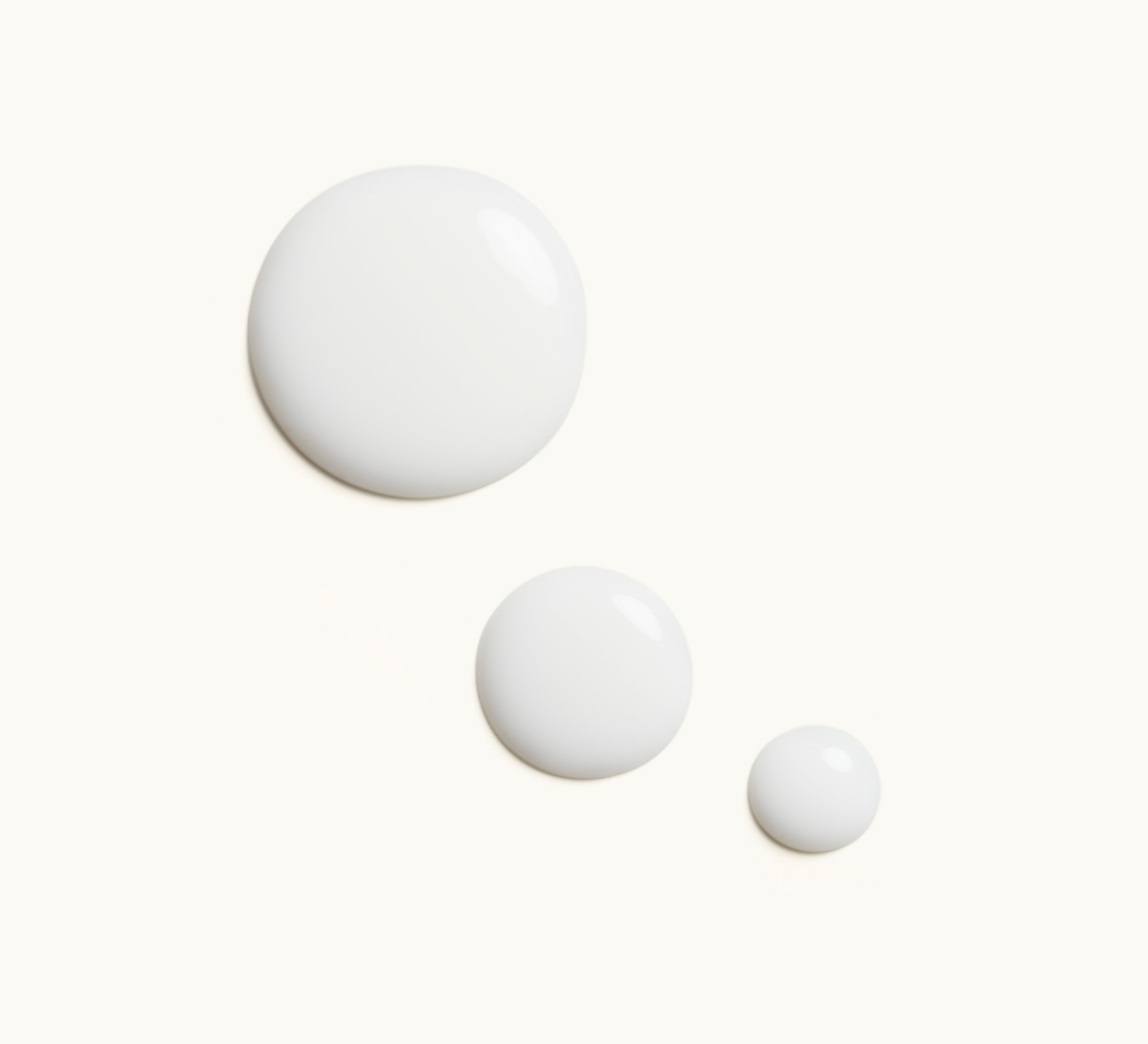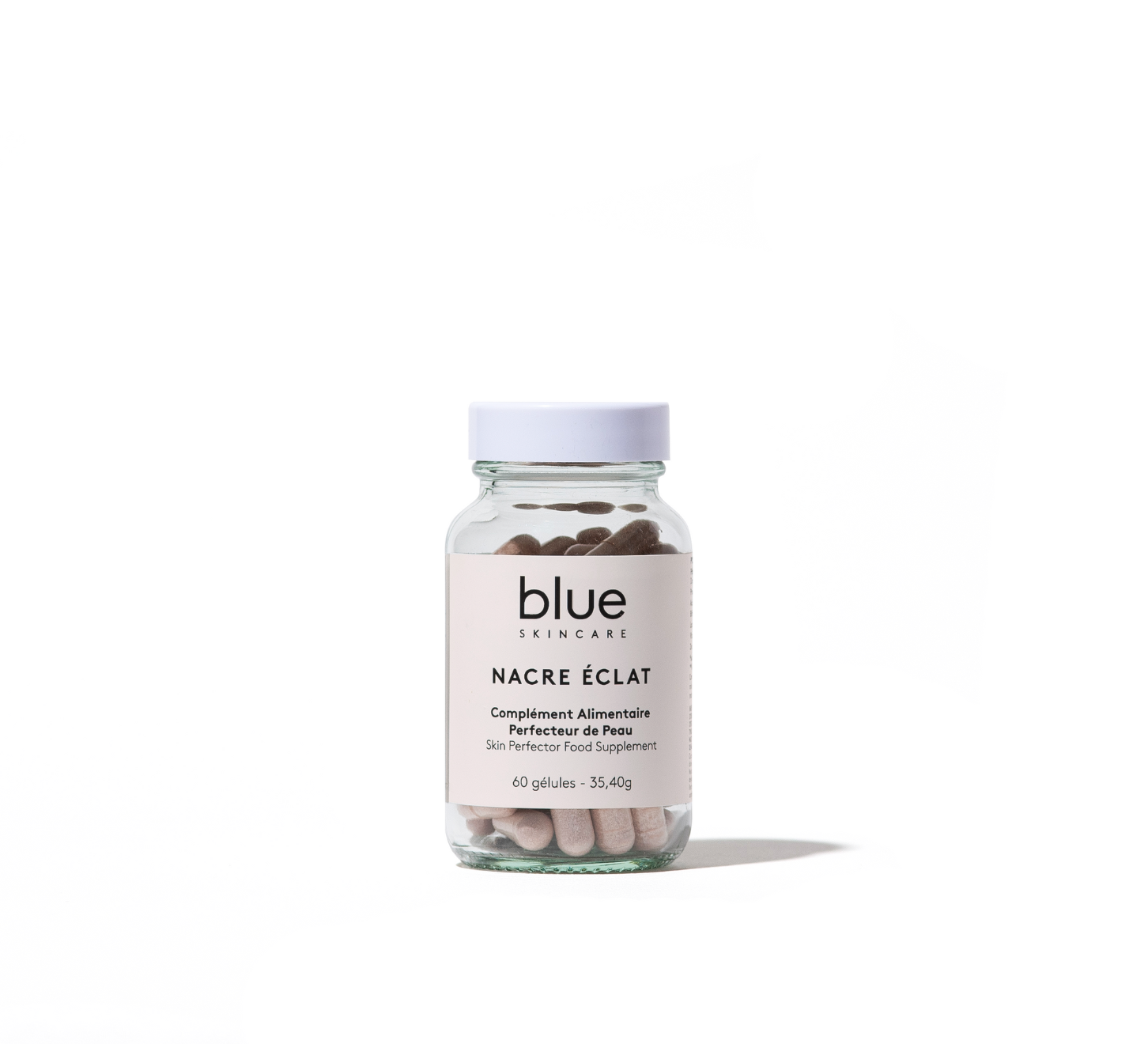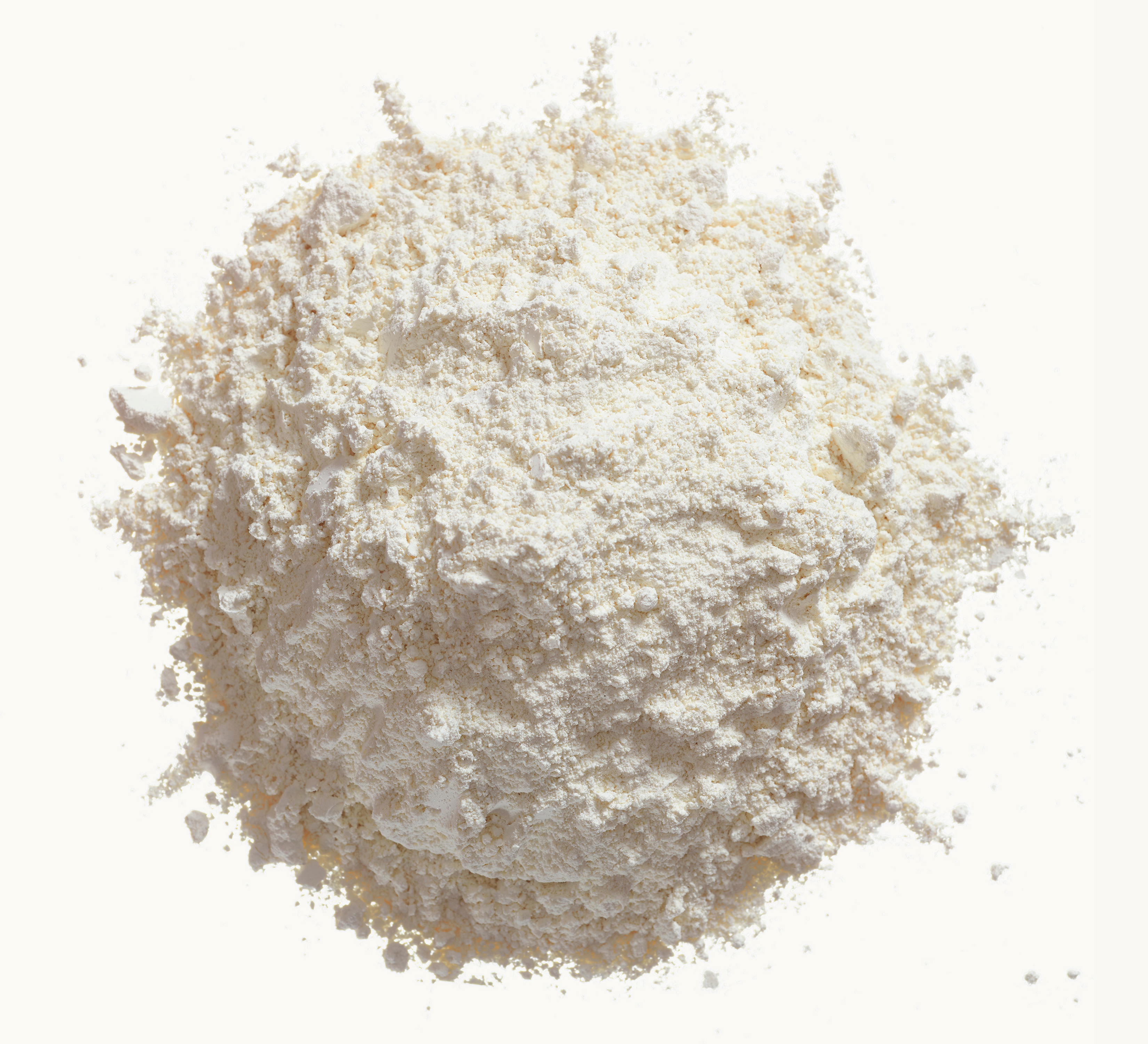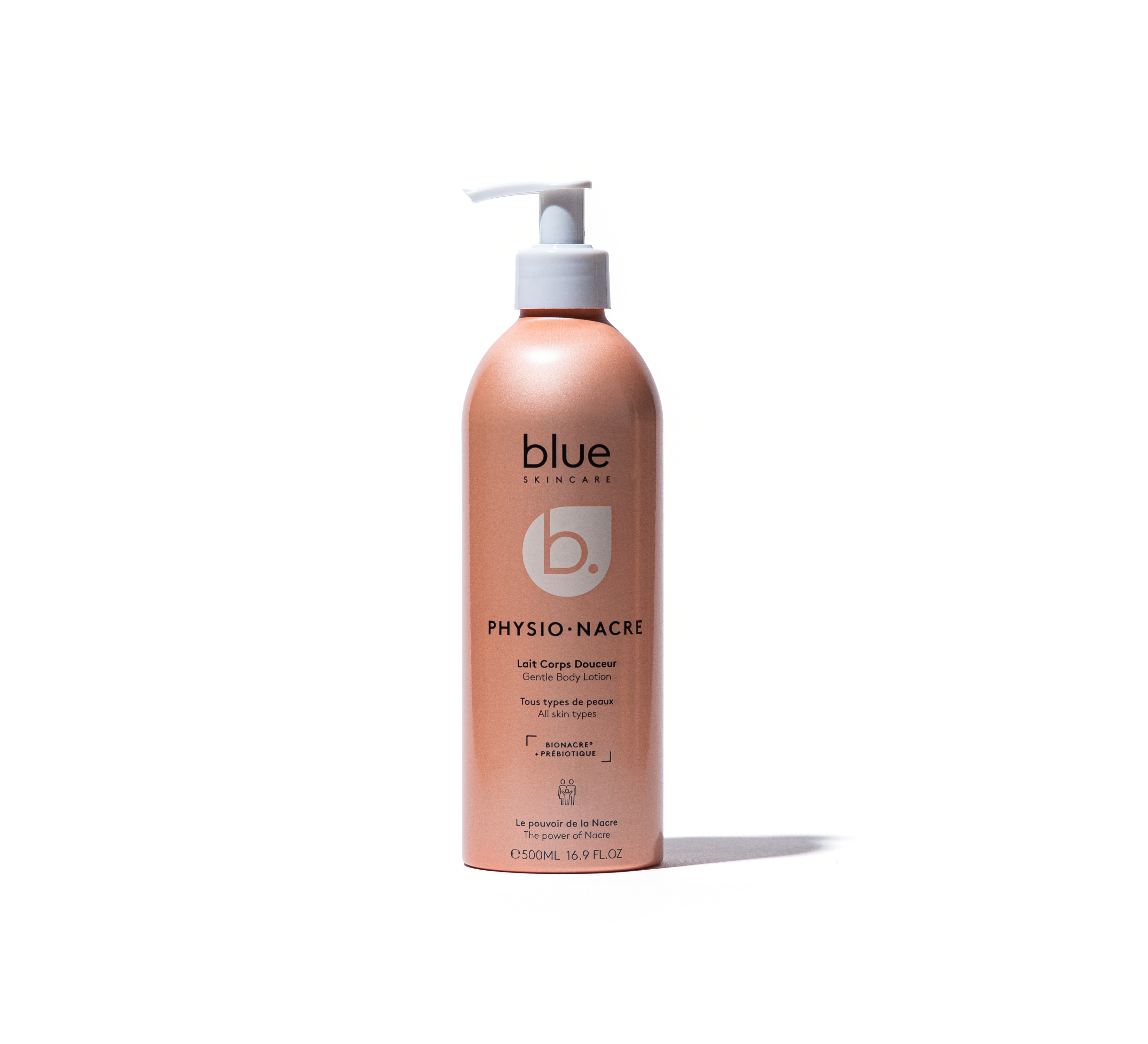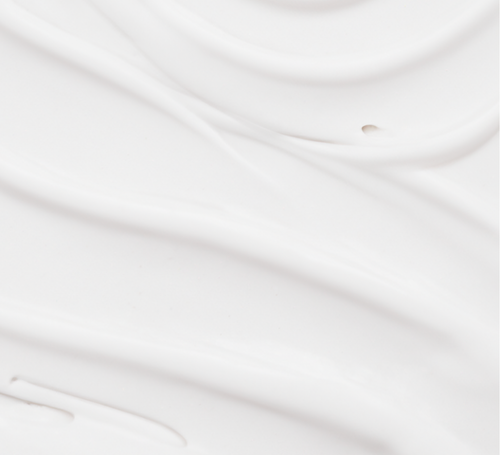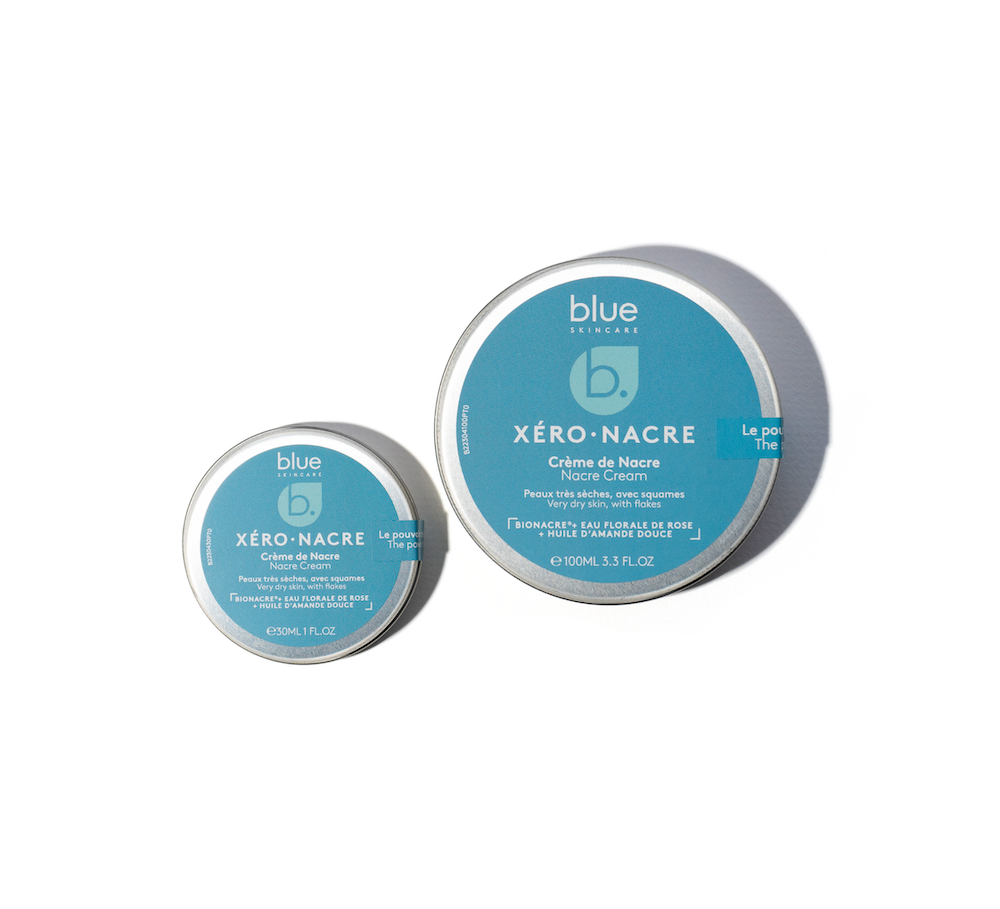Entre le « tout-chimie » des années 1980/90 et la demande de naturalité actuelle, à peine 30 ans se sont écoulés. Comment en sommes-nous arrivés là ? Découvrez l’histoire de la montée en puissance la Green Beauty -devenue Clean Beauty– née de mouvements sociétaux de fond et de crises amplificatrices. Le XXe siècle a vu l’industrialisation de la cosmétique. Les sciences (physique, chimie, médecine, biologie moléculaire…) ont permis à la fois de mieux investiguer la peau, de créer des molécules actives toujours plus performantes et de prouver les effets de celles-ci sur l’épiderme. Quitte à surprendre parfois les consommatrices ou à engendrer des doutes, provoquant ce long mouvement de balancier qui nous amène aujourd’hui à la Clean Beauty.
Il faut rappeler en préambule que depuis les années 70-80, l’Europe et la France se sont dotées d’une des réglementations les plus drastiques au Monde, après la tragique affaire du Talc Morhange. Si certains se souviennent de cet épisode, un petit rappel pour les autres : en 1972, une erreur de manipulation amène une surdose d’un bactéricide puissant dans un talc pour bébés (le talc Morhange) entraînant la mort de 36 nourrissons et l’intoxication de 168 autres.
Cet événement fera naître la Loi française de 1975 et la Directive Européenne de 1978, faisant de l’Europe le fer de lance de la réglementation et de la régulation en matière cosmétique. A l’époque cependant, la chimie est reine et symbole de progrès, quand le naturel est relégué au rang de « baba cool ».
Il faudra vingt ans pour que celui-ci quitte son image « Larzac et pattes d’éph » et que la « green beauty » des années 2000 puisse amorcer sa révolution. Puis pour laisser la beauté « propre » prendre le relais dès les années 2010, tendance amplifiée par la crise sanitaire actuelle.
Années 90 : Science, Technicité et Performance

Il faut se rappeler l’ambiance et la mode des années 90 pour mieux comprendre en quoi la cosmétique en est le reflet : c’est l’époque des créateurs italiens exubérants -Gianni Versace, Dolce&Gabbana -, les belles années de Jean-Paul Gaultier, du porno-chic de Tom Ford chez Gucci. Mais aussi celle des marques japonaises et de leur épure : Issey Miyake, Yohji Yamamoto, Comme des Garçons.
La science et la technicité culminent
- Avec des actifs technologiques
En cosmétique, les marques japonaises High Tech fondées sur la recherche médicale, font une percée remarquée : Shiseido (qui apporte son acide hyaluronique), Shu Uemura et son art du démaquillage, Kanebo, etc.
Leur art de la sophistication et leurs propositions de routines, où les produits se multiplient, influencent la cosmétique française. Tout comme les débuts de la médecine esthétique. A cette époque apparaissent les liposomes (chez Dior), les céramides, les acides de fruits (AHA), les actifs aux noms barbares (qui se souvient du Boswelox ?), et l’on commence à parler des antioxydants. Le rétinol triomphe chez Roc qui promet « 10 ans de moins en 10 minutes ! ». La Prairie fait découvrir le caviar comme actif dans des soins à des prix défiant la gravité.
- Et le début des preuves cliniques
Les tests sur les animaux sont interdits en Europe depuis 1979, mais c’est l’essor des tests en laboratoire – in vitro, in vivo -, des études cliniques instrumentalisées pour mesurer l’hydratation, la profondeur des rides, et des cultures de peau reconstituée pour évaluer l’efficacité des actifs.
Le naturel pointe, sans être encadré



En France, certaines marques affirment que les plantes sont aussi performantes que la chimie et peuvent fournir des actifs de pointe. C’est le cas de marques comme Clarins, Yves Rocher, Klorane, L’Occitane, Le Petit Marseillais. Elles y ont d’ailleurs un succès croissant dans des pays culturellement tournés vers le naturel, comme l’Allemagne ou les pays scandinaves. D’autres marques, anglaises ou américaines, ont aussi fondé leur image sur la nature : The Body Shop, Origins…
Mais les plantes se retrouvent dans des compositions encore loin d’être 100 % naturelles. Et pour certains, plus puristes, cette tendance s’apparente à du greenwashing.
Le tournant des années 2000 en Europe et l’impact du Bio
Le naturel va percer de manière aussi fracassante qu’inattendue dans les années 2000, avec deux événements majeurs.
la création de la Charte Cosmebio en 2002
C’est en réaction à ce qu’ils dénoncent comme du « greenwashing » que dix laboratoires, pionniers du bio en France depuis les années 70 (dont Sanoflore, Phyt’s, Melvita), créent l’événement avec leur charte du bio, le premier cahier des charges et le label bio associés. Certes, il existe en Allemagne une association des producteurs de cosmétiques naturels depuis les années 50 (BDIH), mais rien d’aussi précis. Cosmebio définit des pourcentages de naturalité et de bio obligatoires dans les produits finis et bannit certaines substances : conservateurs, colorants et parfums chimiques, etc. Ces pionniers créent la surprise et suscitent une prise de conscience de la part des consommateurs et des distributeurs.
A partir de là, le bio, s’il reste une niche, sort de son ghetto. Les marques se multiplient, et trouvent de nouveaux canaux de distribution : spécialisés comme Mademoiselle Bio ou Naturalia, ou des corners dédiés dans la grande distribution. À tel point que certaines marques vont être rachetées par des grands groupes : Sanoflore par L’Oréal en 2006, Melvita par L’Occitane en 2008. Et ce n’est qu’un début.
L’émission d’Envoyé Spécial sur les parabens en 2005
Le 3 mars 2005, le magazine Envoyé spécial diffuse un reportage sur France 2 qui fait l’effet d’une bombe. Celui-ci reprend sans la nuancer l’étude de Philipa Darbre, de l’Université de Reading, publiée en janvier 2004 dans le Journal of Applied Toxicology, dont les conclusions associent parabens, déodorants, et cancer du sein (étude par la suite désavouée et controversée). Dans le reportage, certains produits français sont ciblés, et opposés au bio Allemand, et même à des marques pas plus naturelles à l’époque, mais sans parabens. Avec l’essor des premiers réseaux sociaux, c’est le déchaînement sur les blogs et les forums. Des femmes jettent l’intégralité de leurs placards de salle de bains, d’autres rapportent les produits en magasin et les déversent sur les comptoirs avec fracas. Les parabens sont condamnés.
Un mois plus tard, Greenpeace publie son premier rapport Cosmetox, dans lequel il incrimine nombre de substances chimiques, ciblant particulièrement l’industrie cosmétique jugée -déjà - « non-essentielle ». D’autres polémiques s’ensuivent sur les silicones, les phtalates, le phénoxyéthanol, etc. Rappelons qu’à date tous ces ingrédients sont autorisés et considérés comme non dangereux pour la santé humaine par la réglementation européenne. Il n’empêche que le ver est dans le fruit.
Les débuts de la Green et de la Clean Beauty

Ces controverses, alimentées par les acteurs du bio et par des associations de consommateurs et leurs organes de presse, sont plus ou moins bien comprises et relayées par les médias. Ce phénomène va bousculer la cosmétique conventionnelle. Certaines marques agiles et opportunistes s’engouffrent dans la brèche et reformulent dans l’urgence (avec parfois quelques ratés au démarrage), ou surfent sur le « sans, sans, sans ». Les grands groupes mettent plus de temps à réagir, car il n’est pas aisé d’abandonner des conservateurs utilisés depuis plus de 30 ans en toute sécurité. Leur remplacement, assuré pendant un temps par les fameuses MIT (Methylisothiazolinone), à l’origine de réactions allergiques et d’irritation, l’a prouvé.
La volonté de formuler différemment émerge, sous la pression des consommateurs, mais les choses avancent lentement. On manque de matières premières substitutives, car il faut des années pour créer de nouveaux ingrédients. Les cosmétiques bio manquent encore de sensorialité. Le Green émerge et semble un temps gagner la partie, avec le succès de marques mettant le végétal à l’honneur (L’Occitane, Nuxe).
Quant au Clean, il est encore assez austère et lié à des formules minimalistes. On peut ainsi citer la cosmétique stérile, qui permet de se passer totalement de conservateurs, mais ne s’adresse qu’aux peaux sensibles. Par ailleurs, si certains groupes ont depuis leur origine intégré le commerce équitable et solidaire dans leurs valeurs, la majorité se concentre sur le « nettoyage » des compositions.
2010 : la révolte US
Encore une fois, il aura fallu que les Américaines se détournent de leurs marques conventionnelles et de leurs habitudes pour que le mouvement devienne quasi planétaire.
Une réglementation quasi-inexistante
Il n’existe pratiquement pas de cadre réglementaire global aux États-Unis, pays fédéral et hostile à la réglementation. La FDA (Food & Drug Administration) interdit seulement 9 substances cosmétiques, contre 1383 en France et Europe. Six projets de Cosmetic Act ont été présentés sans qu’aucun ne soit adopté. C’est en opposition à cette absence de réglementation et pour contrer les mastodontes du secteur qu’a émergé d’abord la tendance Organics (Bio), puis le courant « Clean » qui s’amorce dans les années 2000 et prend vraiment son essor à partir de 2010.
La vague du Healthy Living



Parallèlement, un mouvement global émerge dans les années 2010. Après avoir été des working girls exemplaires, les Américaines deviennent les reines de la détox et du « healthy way of life » : on mange healthy, on vit healthy, on se soigne healthy, on veut du healthy skincare. Les papesses de ce mode de vie ultra sain créent des marques de vêtements de yoga, de jus détox, de compléments alimentaires et « des cosmétiques qu’elles ne trouvent pas dans les rayons ». Ainsi, après le succès début 2000 des Doctor Brands, marques hyper-efficaces fondées par des médecins (Dr Brandt, Dr Murad, Dr Perricone), c’est l’essor des Indie brands indépendantes, créatives et digital natives, mais aussi engagées, transparentes, bio ou vegan. Et ces trublions arrivent en Europe par effet boomerang, ce qui explique l’engouement pour des marques comme Tata Harper, Glossier, ou Drunk Elephant.
Vers la Clean Beauty avec l’impact de la RSE
Ne vous y trompez pas, les marques ne sont pas devenues vertueuses seulement par conviction profonde. Il a fallu que la pression arrive à plusieurs niveaux pour que le Clean devienne une norme.
L’obligation RSE
En France notamment, l’obligation de reporting RSE (responsabilité sociétale des entreprises) a été instaurée par l’article 116 de la loi sur les nouvelles régulations économiques (NRE) de 2001. Ne concernant à l’origine que les entreprises cotées en Bourse, elle a été largement étendue par la loi Grenelle 2 de 2011. Les entreprises concernées doivent inclure dans leur rapport annuel des informations sur les orientations et les actions menées concernant les enjeux sociaux, sociétaux et environnementaux de leurs activités. Évidemment, pour pouvoir inclure un tel appendice à son rapport financier annuel, il faut avoir amorcé de réelles initiatives. De fait, la RSE influe sur la « marque employeur » et l’image de l’entreprise.
Des consommateurs et des candidats acteurs de la RSE
La prise de conscience des enjeux environnementaux et sociétaux est réelle depuis 10 ans. Plus un candidat sorti de Grande École (commerce, ingénieur…) qui ne pose de questions sur les engagements et valeurs d’une entreprise lors d’un entretien d’embauche et n’en fasse un de ses critères d’arbitrage. Pour attirer de jeunes diplômés de valeur, les entreprises – cosmétiques entre autres – se doivent de rester attractives et donc devenir exemplaires.
Quant aux consommateurs, de plus en plus informés, experts et suspicieux, ils sont devenus très regardants non seulement sur la composition d’un produit, mais aussi sur de nouveaux critères : éthique, équité, inclusivité, écologie, cruauté animale et donc responsabilité globale sur tout le cycle de vie du produit. Ils sont prêts à de nouveaux arbitrages, à abandonner voire boycotter de grandes marques qui ne se seraient pas engagées dans ces nouvelles voies vertueuses. Et la crise sanitaire liée au Covid-19 accélère et amplifie ces exigences. Les grands groupes comme L’Oréal, Yves Rocher, Unilever ou Shiseido l’ont désormais compris. La Clean Révolution est en marche.
La demande actuelle de Clean beauty ne doit pas être vue comme un rejet de la science, ni même de la chimie, mais comme la mise au service d’une plus grande transparence et d’une meilleure expertise du naturel. A la différence des marques estampillées Bio, les marques Clean peuvent allier naturel et biotechnologie. La tendance s’étend aussi à la beauté holistique, intégrative, alliant In et Out (topiques et compléments alimentaires).
Quelles voies pour l’avenir de la Clean Beauty ? Après avoir exploré le monde botanique, il est probable que la biotechnologie marine apporte de nouveaux actifs innovants. Vers la Blue Beauty ?
